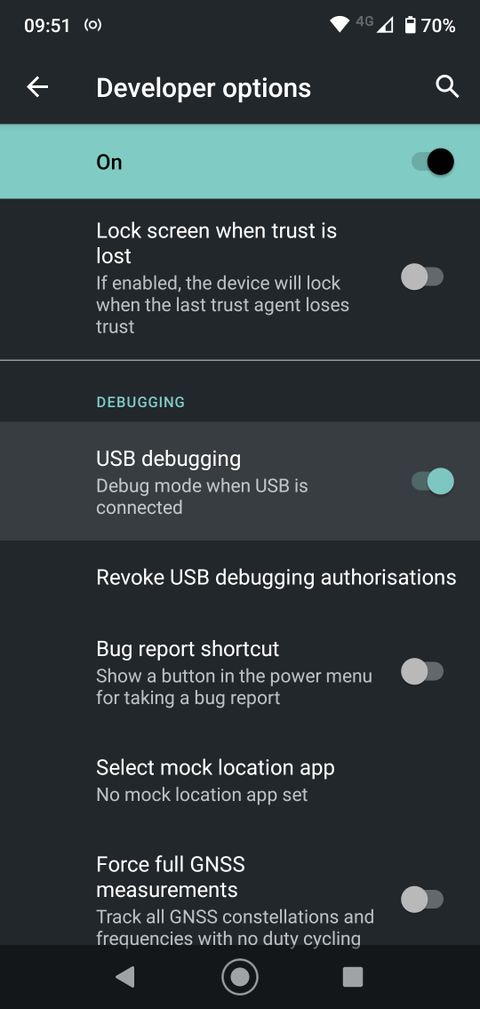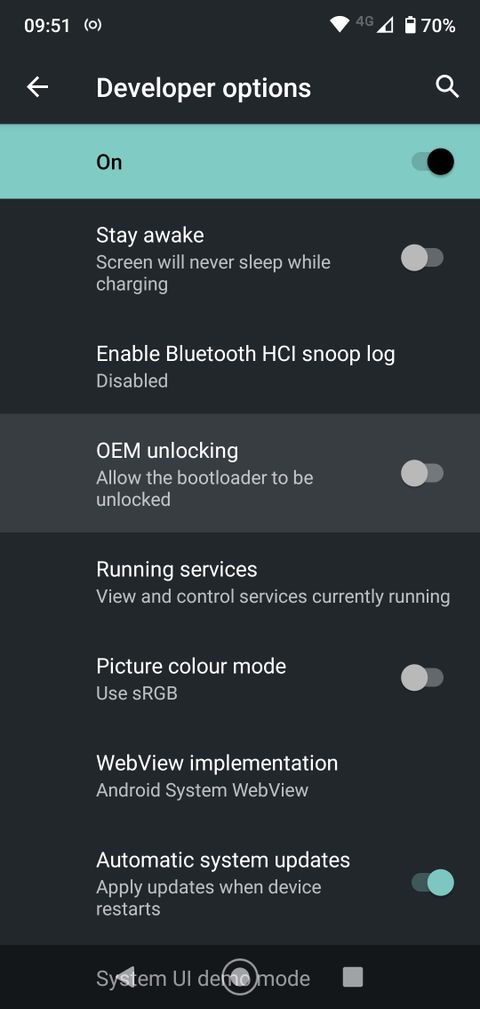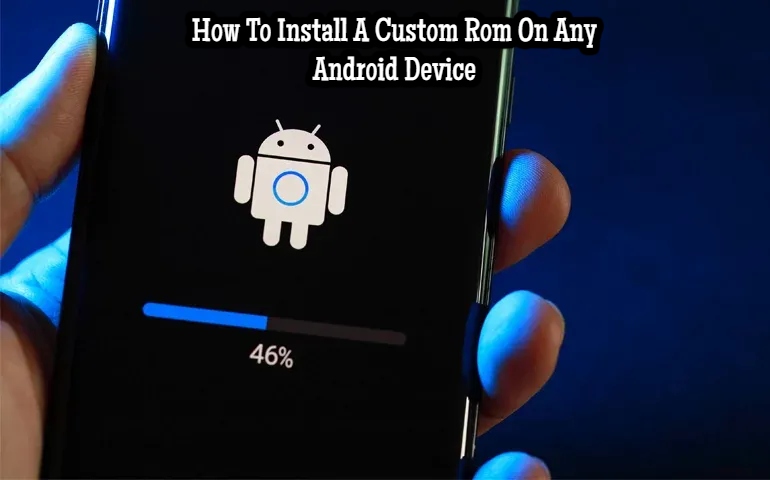How To Install A Custom Rom On Any Android Device. Are you ready to give your Android phone or tablet a makeover? You can keep your smartphone up to date and add a variety of new features by installing a custom ROM.
Installing a custom ROM is by far the most popular approach to personalise an Android phone. It can update an older device, allow you to concentrate on privacy and security, or simply give your phone a new design.
It’s a somewhat hands-on operation, but it’s also fairly simple if you follow the directions. So, let’s look at how to put a custom ROM on your phone.
Table of Contents
Why Should You Install A Custom ROM?
One of the best things about Android is the possibility to utilise custom ROMs. A custom ROM is a completely different version of the Android operating system. The ability to install (or flash) a ROM has numerous advantages.
- You can use a ROM to acquire the latest version of Android if your phone no longer receives updates from the manufacturer.
- You may install a ROM that brings you closer to the “stock” Android experience on phones with significantly customised software.
- If you appreciate the features on other manufacturers’ devices, you can often locate ROMs that will bring them to yours.
- You can find ROMs that are optimised for speed or power consumption if your phone is slow or has a short battery life.
- You may also obtain de-Googled ROMs, which place a more focus on privacy protection.
Before You Start
Before you begin, you must first complete some preliminary work. We’ll assume you already have all of these things in place for the purposes of this guide.
- A unique recovery is required. This is a simple piece of software for creating backups and flashing ROMs. TWRP will be used in this tutorial. When you root, a custom recovery frequently deployed.
- An unlocked bootloader required. Most phones come with a locked bootloader, which must unlocked before the system files may overwritten. If you haven’t previously done so, we have an instruction on how to unlock the bootloader.
- Enable USB Debugging. The Developer settings menu on your phone contains the option to enable USB debugging.
- Turn off security. Disabling your security settings before flashing a ROM is a smart practise, especially if you utilise a fingerprint scanner.
- Back up your information. We’ll make a full backup throughout the flashing process, but you can also use Titanium Backup to back up just your data. This necessitates root.
- Plug in or charge your phone. You don’t want your phone to lose power in the middle of flashing a ROM.
Check out these typical difficulties to be aware of when installing a custom ROM as well.
Install A Custom ROM

A custom ROM also required. It’s critical to make sure you pick one that works with your specific phone model.
Also Read:How To Run Linux On Android Phone

Obviously, you won’t try to flash a Motorola ROM onto a Samsung phone, but if you have the US version of a Samsung phone, it’s possible that you’ll accidentally download a ROM meant for the international version of the same device. These might be classified as two separate phones. Make certain you obtain the correct one!
The ROM will downloaded in.zip format. Save it to the internal storage of your phone. You may need to download the Google apps (GApps) in a separate zip file with most ROMs; you’ll usually find links to these from wherever you downloaded your ROM.
How To Install A Custom ROM On A Smartphone
Manually flashing a ROM with your custom recovery is the preferred method. While there are some apps in the Play Store that will automate the procedure, the greatest ones have been abandoned, and the others are of various quality.
The manual method provides you complete control over the process, and if something goes wrong, you’ll be able to unbrick your phone far more easily if you know what you’re doing.
Enter Recovery Mode
So let’s get this party started. Make sure TWRP is installed, then turn the phone off and into recovery mode. The method varies each phone, but it usually includes pressing and holding the power and volume keys simultaneously, then following any on-screen instructions.
Install The ROM

After TWRP has launched, you can begin flashing the ROM. The steps are as follows:
- Make a backup of your Nandroid. This is what you’ll need to get your phone back to its original state or fix any issues. Select which partitions you wish to save from Backup. You can include all of them because you can choose which pieces to restore when the time comes.
- To begin, swipe the bar, then wait a few minutes for the backup process to complete.
- Return to the home screen and choose Wipe. To reset your phone, swipe the bar (it will not wipe your internal storage). This step optional, although failing to do so may result in ROM issues (this is called a dirty flash). If you’re upgrading to a newer version of the same ROM, you shouldn’t wipe.
- Select Install when you return to the TWRP home screen. Find the location where you saved the ROM (the zip file).
- To install, tap the zip file to choose it, then slide the bar to begin. This could take a few minutes.
- If necessary, repeat step five using the GApps zip when it finishes.
- Restart your phone now.
Don’t alarmed if it appears to stuck on the boot screen; the first boot after flashing a ROM takes longer than usual.
If it eventually becomes clear that Android will not boot, consult our troubleshooting guide for possible solutions. You should always be able to restore a Nandroid backup to get your phone back up and running quickly.
After your phone has rebooted, you’ll need to restore your data and apps (if you wiped the data as described above), as well as log back into all of your services. Because most ROMs come pre-rooted, Titanium Backup will work without any additional procedures. Now you can start using your new programme.
To Begin, Select A ROM
All you have to do now is select a good ROM to test. The most popular is LineageOS, which contains official and unofficial builds for the most devices. For most folks, it’s the greatest place to start because of its stock Android look.
Otherwise, we recommend looking for a suitable custom ROM on the XDA forums for your exact device. Testing numerous ROMs until you find the one that’s right for you isn’t a problem as long as you have a current Nandroid backup on hand.
Installing A Custom ROM
Installing a custom ROM may be intimidating at first, but once you grasp the process, it becomes second nature. Custom ROMs provide you a whole new level of customization for your phone, and they’re also a lot of fun to experiment with.
They may even save you money in the long term by allowing you to receive OS and security updates after your phone has officially discontinued. Looking for more reasons to flash your Android handset with a custom ROM? Take a look at this list.




